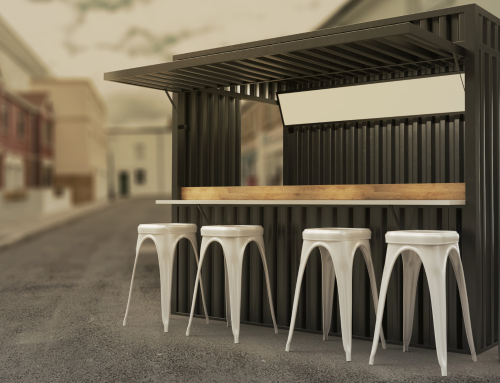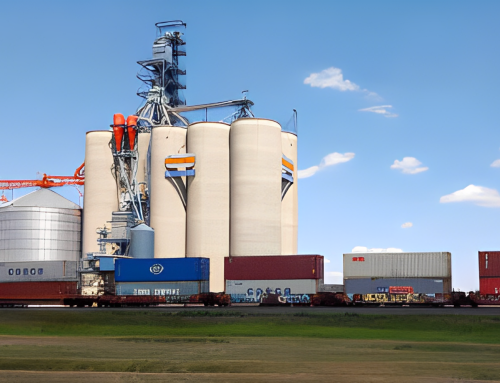You might be surprised to know that shipping containers have an average lifespan of 25 years, but that timeline is really determined by how you use your container, the conditions it is stored in, whether it has had any damage, how long it has spent at sea, and whether it has been maintained correctly.
Since replacement timelines are a question we often get, we thought this would be a great topic to address with five signs it is time to replace your shipping container.
Your Shipping Container is More Than 10 Years Old
So we just mentioned that containers have an average lifespan of 25 years, but it really comes down to what your container has been used for and what you intend to continue using it for. If you are using containers to ship goods across the country or across the world, or need secure, weather proof storage, you should be looking to replace your container earlier rather than later.
Like anything, shipping containers can break down, and they do start to see a lot of wear and tear. Replacing it before your goods start to become damaged is essential.
Your Shipping Container has Been Involved in an Accident
This is an interesting point, as we think of shipping containers as quite sturdy and able to take a fair amount of wear and tear before getting really damaged. Now it really does depend on what kind of accident your container was involved in. Certainly if it has been hit directly by a vehicle or other item that has done significant damage, it is either time to downgrade it or replace it.
If your container was involved in an accident but didn’t receive any damage, it is worth having it thoroughly checked over – rust can start from a very small amount of damage and it can spread quite quickly.
Your Shipping Container has Been Damaged by Weather or Other Elements
Again, another area we don’t tend to think about too much – these containers are designed to be out in the weather aren’t they? They are absolutely able to withstand a certain amount of bad weather, but consistent bad weather is not great for your container.
High winds can cause containers to become damaged if they hit structures while being moved, and the risk of them being dropped by a crane increases significantly. High temperatures can increase moisture inside the container which can then damage the internals and high waves can cause containers to move around and parts to break. Storms, lightning and snow can all contribute to damaging your container simply through the increased risks of moving it in these elements.
Your Container is Showing Signs of Rust or Corrosion
While it may be relatively easy to straighten out a few dings in your container, once it starts to show signs of rust or corrosion it is time to consider thinking about buying a replacement. There’s a good chance you are using your container to protect goods that shouldn’t be exposed to the elements – once rust and corrosion starts, it can be difficult to stop and it doesn’t take long for your goods to start to see the effects.
You’re Simply Ready for an Upgrade
Like everything else, sometimes you are simply ready to upgrade your container. This may mean purchasing a larger or smaller container depending on your needs, or it might mean purchasing a different grade container depending on what you are shipping or storing.
Tips to Maintaining a Shipping Container
You can often get more use out of your container if you regularly maintain it. This doesn’t need to take a lot of time, but you should consider inspecting and maintaining your container a few times a year to get the most out of it.
Here are our top tips to maintain your shipping container to keep it in quality condition.
- Don’t put excess weight on the roof. While these containers can be stacked on each other, it is the corners that take the weight and not the roof. Keep this in mind if you are storing items on top of your container.
- Depending on where you live, you may end up with debris putting weight on the roof. Ensure you remove things like snow, tree branches, and water to keep the integrity of your container.
- Inspect for rust, dents, scratches and moisture. Moisture can build up over time and if you aren’t opening your container regularly this could mean a build up of mould. Inspect regularly by walking around your container, and opening the doors.
- Take the time to clean dirt and rust before it gets too bad.
- Replace any weather stripping and lubricate hinges and locks as needed.
If you’re looking to buy a shipping container, or replace your current container, give us a call. We’d love to help you find the container you’re after.






